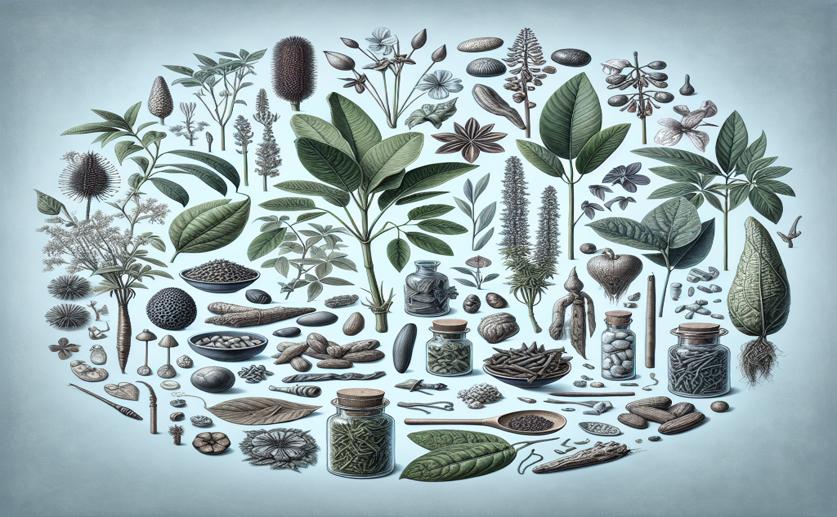
Exploring Healing Plants Used by the Yi Community in Mile
Jenn Hoskins
25th February, 2024

Image Source: Natural Science News, 2024
References
Main Study
1) Ethnobotanical study of medicinal plants used by the Yi people in Mile, Yunnan, China.
Published 23rd February, 2024
https://doi.org/10.1186/s13002-024-00656-1
Related Studies
2) Ethnobotanical study on medicinal plants used by the Yi people in Xiaoliangshan, Yunnan Province, SW China.
3) Indigenous medicinal plants used in folk medicine for malaria treatment in Kwara State, Nigeria: an ethnobotanical study.
4) Ethnobotanical study on medicinal plants used by Bulang people in Yunnan, China.



 28th January, 2024 | Greg Howard
28th January, 2024 | Greg Howard